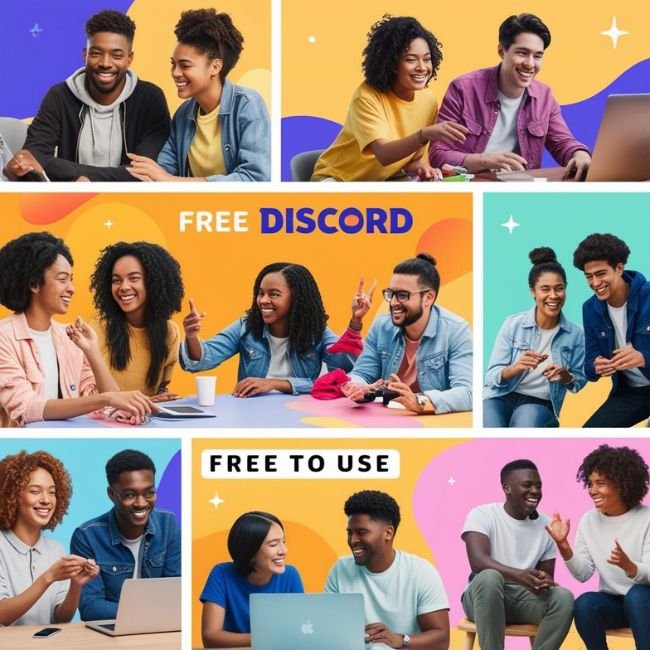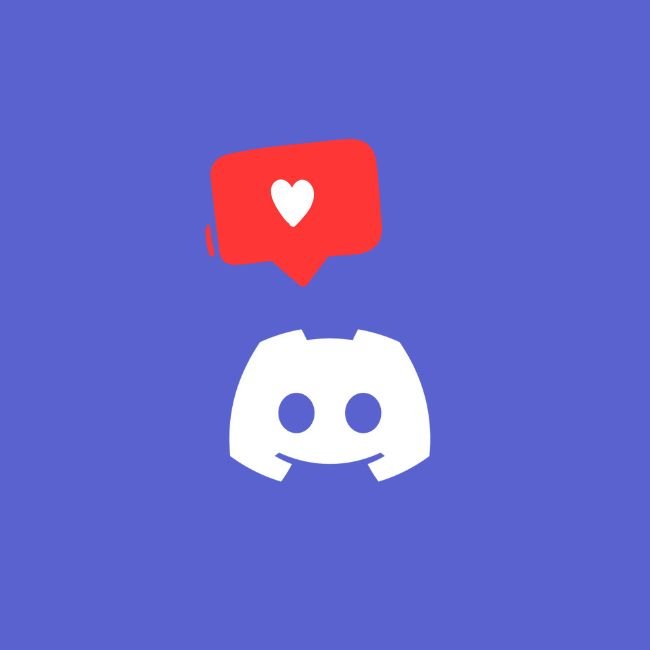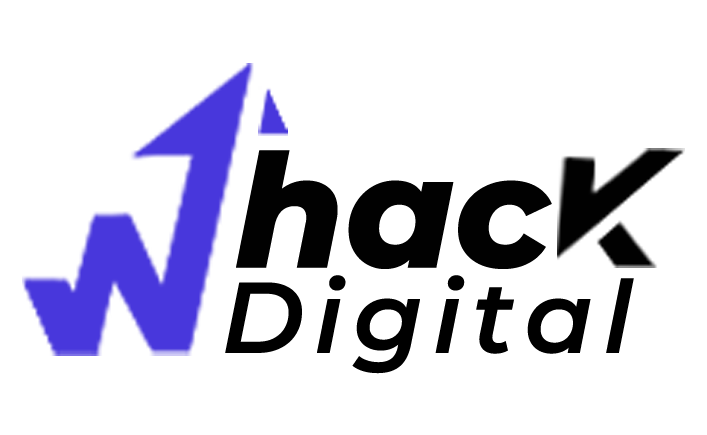You’ve probably noticed something unusual about Discord: no annoying banner ads, no sponsored posts cluttering your chats. So how does this platform—used by millions daily—actually make money? The answer lies in a clever, user-first approach that prioritizes upgrades over ads. Let’s break it down.
Why Discord Ditched Ads from Day One?

Discord’s founders had a radical idea: What if a social platform didn’t treat its users like ad targets? Designed initially for gamers who hated interruptions, Discord bet on trust and premium features instead of ad revenue. It worked. By giving communities a clean, ad-free space, Discord turned users into loyal fans—many of whom happily pay for extras.
Nitro Subscriptions: Discord’s Cash Cow
The star of Discord’s revenue model is Nitro, a subscription service that unlocks perks like:
- Crispier video/voice calls (because pixelated streams are so 2010).
- Animated emojis (for when static ones just won’t cut it).
- Bigger file uploads (no more compressing that meme 10 times).
- Server boost credits (more on these later).
Two tiers, two crowds:
- Nitro Basic ($2.99/month): For dabblers who want a taste.
- Full Nitro ($9.99/month): For power users who live in Discord.
Fun fact: Many subscribers pay not just for features—but to support the platform. That’s rare in today’s “give-us-your-data-for-free” internet.
Server Boosts: Paying to Power Up Your Hangout
Ever joined a Discord server with HD audio, custom emojis, and a slick banner? Thank Server Boosts. Users buy these to upgrade their favorite communities, unlocking:
- Studio-quality voice chat (no more robotic “can-you-hear-me?”).
- Exclusive server perks (like vanity URLs or extra emoji slots).
It’s genius: Discord earns money, while communities get tangible upgrades. A win-win.
Niche Tools for Developers and Creators
Discord quietly monetizes power users with:
- Moderation bots (because herding 10,000 online strangers is chaos).
- Premium channels (think Patreon-style paywalled content).
- API access (for devs building custom integrations).
These aren’t pushed on casual users but offer serious value for creators running paid communities.
Partnerships (Without Selling Out)
Discord avoids ads but does team up with brands—tastefully. Examples:
- Gaming studios get custom server features for new releases.
- Tech companies integrate Discord into their products.
Unlike intrusive ads, these partnerships feel organic—like VIP backstage passes for communities.
How Discord Stacks Up Against Other Platforms

| Platform | Revenue Model | Ads? |
| Discord | Subscriptions, boosts | No |
| Slack | Corporate plans | No |
| YouTube | Ads + Premium | Yes |
| Ad nightmare fuel | Yes |
Discord’s model is a breath of fresh air: Pay for what you love, skip the spam.
Why Users Actually Like Paying Discord

- No bait-and-switch: Core features stay free.
- Perks feel worth it (unlike “premium” icons that do nothing).
- Communities thrive without ad-driven algorithms stirring drama.
It’s proof that when you respect users, they’ll open their wallets willingly.
The Bottom Line
Discord’s ad-free success isn’t magic—it’s smart design. By monetizing enhancements instead of access, they’ve built a rare thing: a platform people choose to pay for. In an era of ad overload, that’s revolutionary.
(P.S. If you’ve ever boosted a server or bought Nitro, you’re part of the experiment—and it’s working.)
FAQs
Yes! Paying is optional—like buying a fancy coffee instead of drinking the free office brew.
Nope. No “promoted” messages or creepy data-targeting.
Streamers, mods, and folks who want to flex animated emojis. Worth it? Depends how much you live in Discord.







